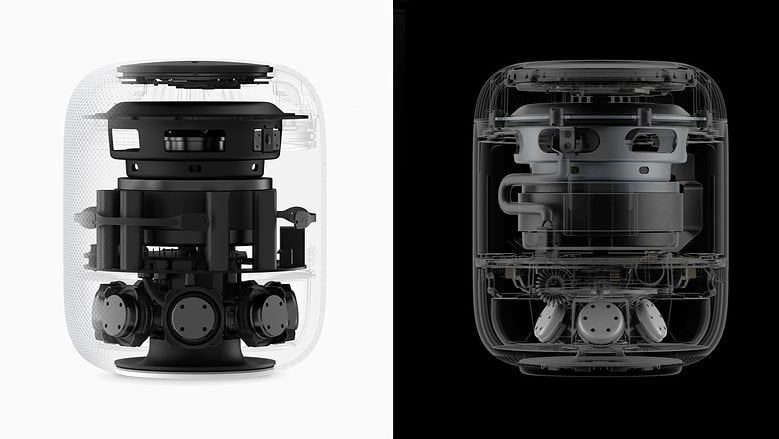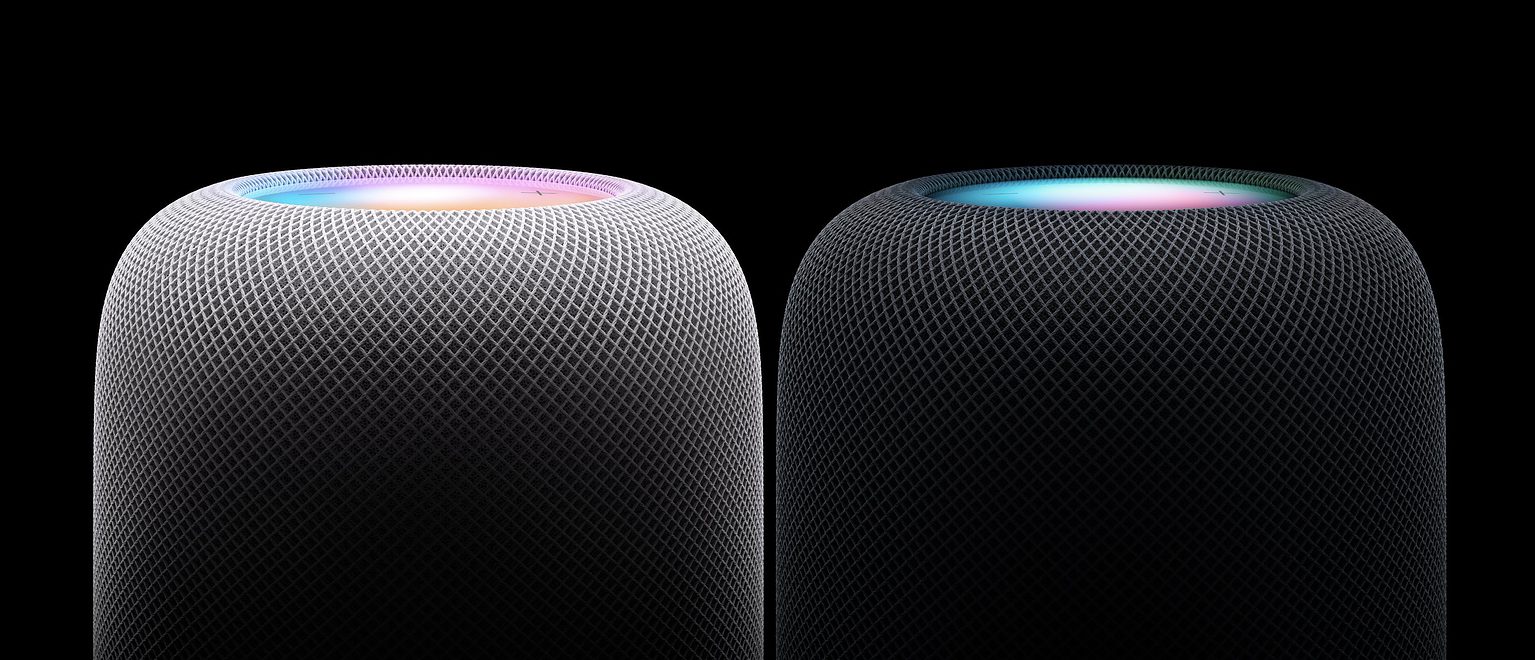Now that the full-size HomePod is finally back, just how different is it from Apple’s original smart speaker? At a glance, you might not think the $299 speaker Apple unveiled Wednesday is that different at all, because the exterior design looks so similar. But compare the new HomePod’s features to the old model, and you’ll find significant changes.
It seems potentially much-improved as a smart home device, but whether it’s a better speaker is questionable.
What’s new in the 2023 HomePod compared to the 2018 version
It came as a surprise when Apple rolled out the updated HomePod this week, despite rumors swirling for a while about the speaker’s eventual return. Cupertino put out the OG HomePod in 2018 but discontinued it in spring 2021, choosing amid lagging sales to focus on the $99 HomePod mini.
The chart below shows some key differences between the new HomePod and the original 2018 model, which became a hot seller on the used market after Apple discontinued it. That interest may be part of the reason for the larger speaker’s return.
Look and feel
First, let’s look at what hasn’t changed, or at least not much. The exterior design looks very similar, for example.
The new one features a larger touch screen on top with different lighting indicating different uses, such as when Siri is addressed. The larger size likely also relates to extended smart-home functionality, discussed below.
The size of the new speaker is a little different, too. The new one is a touch shorter and a tad lighter than the old one. It’s two-tenths of an inch shorter and a little under half a pound lighter. And that slight shrinkage seems mainly to do with components Apple took away on the inside.
The new speaker comes in white and midnight colors rather than white and space gray.
Another thing that hasn’t changed? The speaker is strictly for an Apple ecosystem. Both the old and new versions feature no aux/line-in connection and won’t work with non-Apple devices, despite having Bluetooth 5.0 onboard.
HomePod 2 audio quality

Photo: Apple/Cult of Mac
The second-gen HomePod adds some cool sensors and whatnot for home automation and related connectivity (see below), but my first concern is always, “are they improving the sound or F-ing it up?”
And that’s a real concern with the new speaker. Apple saw fit to drop two tweeters and two microphones from the original design.
The original featured seven horn-loaded tweeters and a six-microphone array, while the new one goes with five tweeters and four mics. That reduces overall size a bit, and it most likely saves Cupertino some money.
But can a speaker with a high-excursion (moving) woofer that expands up to 20mm — both versions have that — sound as good through high frequencies with two fewer tweeters arrayed around the speaker’s base? The jury will be out on that until people start listening to the new HomePod.
But some of Apple’s other changes may improve sound quality despite the loss of some hardware.
S7 chip replaces A8 chip
| Specification | HomePod 2 (2023) | HomePod 1 (2018) |
|---|---|---|
| Price | $299 | $299 ($349 at launch) |
| Chip/processor | S7 | A8 |
| Speaker | High-excursion woofer
5 horn-loaded tweeters |
High-excursion woofer
7 horn-loaded tweeters |
| Microphones | 4 | 6 |
| Sensors | Accelerometer
Temperature Humidity System sensor |
Accelerometer |
| Connectivity | 802.11n Wi-Fi
Bluetooth 5.0 Ultra wideband Thread / Matter |
8092.11ac Wi-Fi
Bluetooth 5.0 |
| Dimensions | 6.6in H x 5.6in W | 6.8in H x 5.6 in W |
| Weight | 5.16 pounds | 5.5 pounds |
| Colors | White, midnight | White, space gray |
| Easy-detach power cable | Yes | No |
| Aux/line in | No | No |
| Use with 3rd party devices | No | No |
The new HomePod also uses a more advanced chip than its predecessor, with more advanced computational audio. That could improve how well spatial audio works and more.
Chip-wise, the new one has the S7, used in Apple Watch Series 7. The old one uses the A8 from iPhone 6. (For reference, the HomePod mini uses S5, two generations older than what’s in the new HomePod.)
Apple noted a new system sensor also should improve sound quality:
Apple silicon unlocks advanced computational audio innovations in HomePod. Using feedback from the all-new system sensor, it runs complex tuning models in real time to preserve dynamic range and maximize acoustic performance.
Even so, both versions are smart enough for features like sound reflection, where the speaker senses movement of sound off of walls and such and adjusts for optimal audio.
Siri and HomeKit/Matter smart-home automation
Other changes in the new HomePod have to do with smart-home automation, including how it works with Siri voice commands and sensors deployed to work with HomeKit, Apple’s home-automation platform.
The new version adds temperature and humidity sensors that will come in handy for creating Home app automations to help control those measures — close the blinds, turn up the heat, dehumidify, etc.
And connectivity in the new speaker relates to its ability to communicate with other devices via Thread radio connectivity as part of the recently released Matter home-automation-technology standard that helps devices from different makers work together.
And finally, both HomePods have a removable power cable, but Apple did not recommend users try to remove it themselves in the original HomePod. Apparently, that’s easier now.
The HomePod 2 is available to order online and in the Apple Store app, with shipments beginning to reach buyers by February 3, Apple said.


